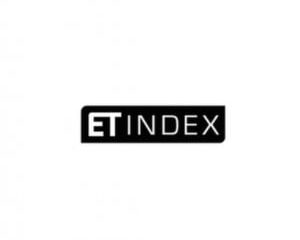

Economy
ET Index blog series: Are we reducing risk at the individual level or the collective aggregate level?
As we have examined in the two previous blog posts, there is a subtle – although very much related – difference between financial ‘carbon risk’ and general ‘climate change risk’. Sam Gill, CEO of ET Index writes.
‘Climate change risk’ represents the threat of global civilizational collapse and the mass suffering that will ensue. While ‘carbon risk’ represents the dual threat of the financial implications of being the wrong side of an inevitable shift away from fossil fuels in a scenario where action is taken to mitigate climate change. ‘Carbon risk’ also represents the financial ramifications of the ensuing financial losses from the impacts of climate change occurring in a scenario where no action is taken to mitigate climate change.
Given the overwhelming evidence that climate change needs to be tackled, the only rational action of a fiduciary (person responsible for managing money on people’s behalf) is to invest to minimise individual ‘carbon risk’ exposure and minimise collective ‘climate change risk’ exposure. Failure to pursue either of theses strategies is ultimately not in the long term interests of the people whose money is being managed, or indeed society at large.
As the UN Principles For Responsible Investment’s Martin Skancke has pointed out there needs to be a distinction between initiatives that reduce carbon risk at the individual level and those that reduce climate change risk at the aggregate level.
Not all concepts and mechanisms are created equal in their ability to effect change. As I suggest in my book Environmental Tracking 3.0 (Available as free PDF or in hard copy from Amazon) the investment community holds the key to tackling climate change since it has the ability to redirect the trillions of dollars flowing through the financial system to create the incentives so badly needed to affect change.
The philosophical question we have to ask ourselves is a simple one. If we are going to begin to shift trillions of dollars away from high carbon companies towards low carbon ones, in order to create the incentives required to bring about a transition to a zero carbon economy, do we want that to be done in an open, transparent and focused way in order to maximise impact? Or do we want it to be done in an opaque, disjointed fashion where it is not clear if we are achieving the desired effect of mitigating climate change or carbon risk?
In the last post in this series we will explore precisely how Environmental Tracking has been designed by the independent not-for-profit Environmental Investment Organisation as a tool to fulfil this objective.


 Environment10 months ago
Environment10 months agoAre Polymer Banknotes: an Eco-Friendly Trend or a Groundswell?

 Environment11 months ago
Environment11 months agoEco-Friendly Home Improvements: Top 7 Upgrades for 2025

 Features9 months ago
Features9 months agoEco-Friendly Cryptocurrencies: Sustainable Investment Choices

 Features10 months ago
Features10 months agoEco-Friendly Crypto Traders Must Find the Right Exchange

























